Best SUVs Without CVT Transmission: Drive with Confidence
Over the years, more car manufacturers have incorporated the design and production of SUVs into their lines due to the increased demand. Today, there are many vehicles on the market with CVTs But the tendency reveals that more and more drivers prefer cars with shift transmissions for sensation of driving, reliability and control.
Best SUVs Without CVT Transmission
This guide is specifically designed to uncover the best SUV cars without CVT transmission along with the reasons why you might wish to go for one of these vehicles for your next wheels.
Why Choose an SUV Without CVT Transmission?
There are several reasons why drivers prefer SUV cars without CVT transmissions option. Performance for a car with a CVT is characterized by smooth, graceful acceleration, and fuel economy increase, but for some drivers, these advantages cannot compensate for the disadvantages. Conventional automatic or manual transmissions usually offer the fun, better handling and control, and at times longevity.
Here’s why you might want to consider an SUV without a CVT transmission:
- Driving Dynamics: Automobiles with traditional, hydraulic (automatic or manual) transmissions offer drivers a more mechanical and thus fuller feel behind the wheel, something that may help those into serious trail-driving or track-time.
- Durability and Longevity: On average, a CVT is not as durable as its gear-based transmission counterpart, and that means a costly repair will be needed at some point.
- Better Control: Most drivers think a manual transmission is more controllable than an automatic one, particularly when driving on steep inclines or while in the process of towing.
Analyzing the Differences Between CVT and Traditional Transmissions
Before describing the advantages of deciding in favor of an SUV without a CVT transmission, it is necessary to understand what a CVT is and how it deviates from common transmissions.
What is a CVT Transmission?
CVT also stands for Continuously Variable Transmission and is another type of automatic transmission that does not use set gear ratios like standard automatic transmissions do. On the other hand, a CVT system uses a belt and pulley mechanism to enable it to slide through the speed ratio range as smoothly as possible. This design also eradicates the shift shock which is characteristic of normal transmission that relocate gears while in a car.
CVTs offer smooth acceleration and better fuel efficiency, but they have some drawbacks:
- Lack of Control: Because CVTs are developed to maximize fuel economy and the level of acceleration, a conventional automatic or manual transmission feels like they are absent from cars with CVTs.
- Durability Issues: Car owners who use CVTs have complained that the carrying system degrades faster than the conventional gear-based transmission, and repair or replacement can be very costly.
- Less Towing Power: CVTs are usually not recommended for towing, that is, for carrying heavy loads because they can have a difficult time accommodating the increased weight.
How Traditional Transmissions Work
In the conventional models, there are fixed gears the car shifts through as you change between accelerating and slowing down. In manual transmission, the gear shift is done by the driver but in the case of automatic transmission the car shifts the gears on its own depending on speeds and road conditions.
The main advantages of traditional transmissions include:
- Greater Control: Since the gears have different ratios, drivers get a different feel of the car and in controlling the power.
- Durability: There is evidence that conventional transmissions spend longer periods of time and are more reliable especially when used for towing or on rough terrains.
- Engagement: Overall, there remains demand for gear changes, whether through operating a manual gearbox or an automatic transmission that gives some feedback.
Differences and Driving Factors
- Smoothness: In that CVTs do not shift between gears, acceleration is smoother as compared to using the manual transmission. But this results in a somewhat more anemic ride than with the usual types of gears when shifts indicate a gain in driver’s authority.
- Fuel Efficiency: One advantage of CVTs is fuel economy usually persists because the engine operates in its optimal RPM. Analogue transmissions are not necessarily less efficient but give more power, if required.
- Performance: Younger transmissions are better at providing increased responsiveness, something that benefits SUVs created for off-road or towing purposes. A direct association with the experience of the movement mostly comes from such a sensation as the shifting gears.
Top Best SUVs Without CVT Transmission
If you prefer a conventional transmission then there are many fine SUV models out there to suit your requirements. Here’s a list of top SUV vehicles without CVT transmission, each with detailed reviews, performance highlights, fuel efficiency comparisons, and safety features.
1. Toyota RAV4
Toyota RAV4 is a compact car with configurations of the eight-speed automatic transmission. A very dependable vehicle, the RAV4 is precise with functionality and has reasonable power to back up the utility. The standard is a 2.5-liter four-cylinder engine, that offers enough oomph for everyday use at the very least.
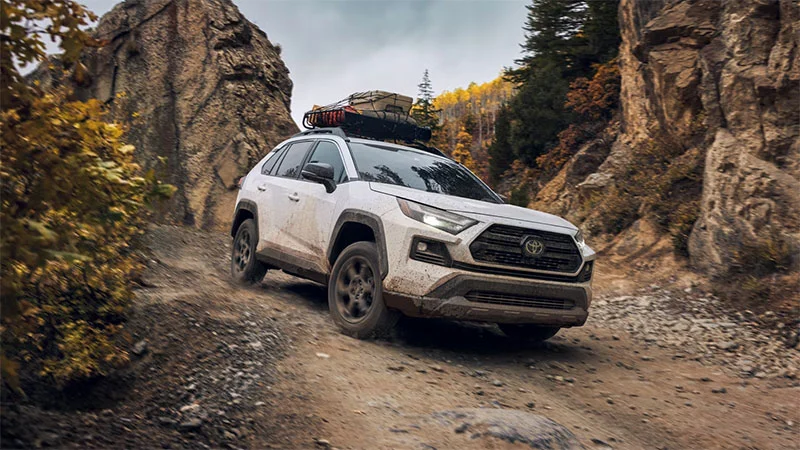
- Fuel Efficiency: Up to 35 mpg on the highway.
- Safety Ratings: High ratings on crash tests, a full list of safety features including Toyota Safety Sense.
- Features: There is a lot of cargo space, all-wheel drive is standard on some models, and the system of climate control and entertainment.
2. Ford Bronco
Of smooth and tough rides, the Ford Bronco’s optional transmission includes the traditional manual or automatic model suitable for an adventurous vehicle. The Bronco is great when it comes to off-road performance due to its robust look and higher stance.

- Performance: It comes standard with several different engines, with a hot new turbocharged V6 for those craving more oomph.
- Fuel Efficiency: Ranges from the mid-teens for several models to above 22 for other models and about 22 on average for all of the models.
- Safety: Popular safety functions to date but its styling focuses largely on the ability to maneuvre through off-road terrains as opposed to interior luxury.
3. Jeep Wrangler
The Jeep Wrangler is one of the most famous off-road SUV non CVT cars among the Jeep models. It comes with manual or automatic transmissions depending on the driver’s preference and desire of an adventurous ride.
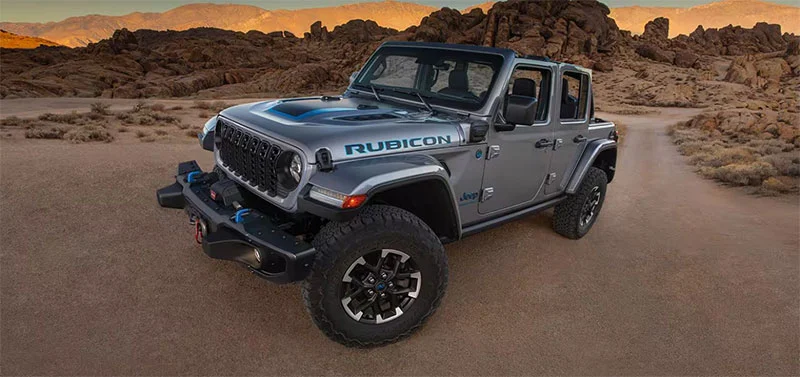
- Performance: This car offers many off-road features, including a V6 engine and optional 4WD.
- Fuel Efficiency: Approximately 25 mpg highway, although this may slightly change with the model and the configuration.
- Safety: Offers several safety systems and wonderful structural integrity, but the models could receive lower ratings in crash tests than more car-oriented SUVs.
4. Chevrolet Equinox
The Chevrolet Equinox is a model compact SUV that’s backed by a six-speed automatic transmission. It’s well-suited for families and daily driving, offering a comfortable and refined ride.
- Performance: Comes with a 1.5-liter turbocharged engine, providing a smooth driving experience.
- Fuel Efficiency: Up to 31 mpg highway.
- Safety: High safety ratings with advanced driver assistance features like lane-keeping assist and forward collision warning.
5. Hyundai Tucson
The Hyundai Tucson is a stylish and well-rounded SUV equipped with a six-speed automatic transmission. It offers a comfortable ride, modern technology, and a reliable performance package.
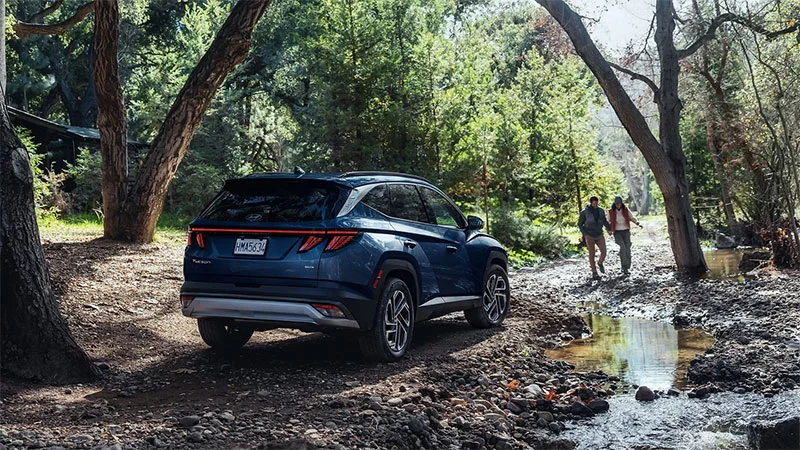
- Performance: Powered by a 2.5-liter four-cylinder engine, the Tucson is designed for smooth and efficient driving.
- Fuel Efficiency: Approximately 33 mpg highway.
- Safety: A strong suite of safety features, including driver assistance technology and high crash-test ratings.
6. Kia Sportage
The Kia Sportage, with its automatic transmission, is another strong contender in the compact SUV market. It offers a smooth, refined driving experience and excellent build quality.
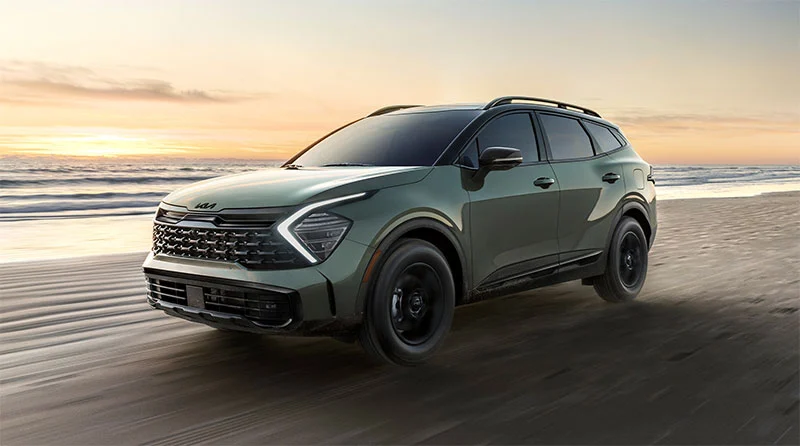
- Performance: Available with a 2.5-liter engine and all-wheel drive options.
- Fuel Efficiency: Around 30 mpg on the highway.
- Safety: Comes with advanced safety features and earns high safety ratings.
7. Mazda CX-5
The Mazda CX-5 stands out for its driving dynamics, with a six-speed automatic transmission that offers a more engaging experience compared to CVTs.
- Performance: Known for responsive handling and a choice of turbocharged engines.
- Fuel Efficiency: Up to 31 mpg highway.
- Safety: Includes a suite of safety features, and the CX-5 regularly earns top safety ratings.
8. Porsche Cayenne
The Porsche Cayenne offers a luxurious driving experience with a traditional eight-speed automatic transmission. It’s designed for performance, blending sporty handling with SUV practicality.

- Performance: Powerful engine options, including V6 and hybrid variants.
- Fuel Efficiency: Varies based on the engine but generally around 22-24 mpg combined.
- Safety: Equipped with high-end safety technology and excellent crash test ratings.
9. 2024 Mercedes-Benz G-Class
Mercedes Benz G-Class is an off-road luxury car equipped with a traditional automatic transmission and has remained virtually unchallenged in terms of off-road performance and robust construction.
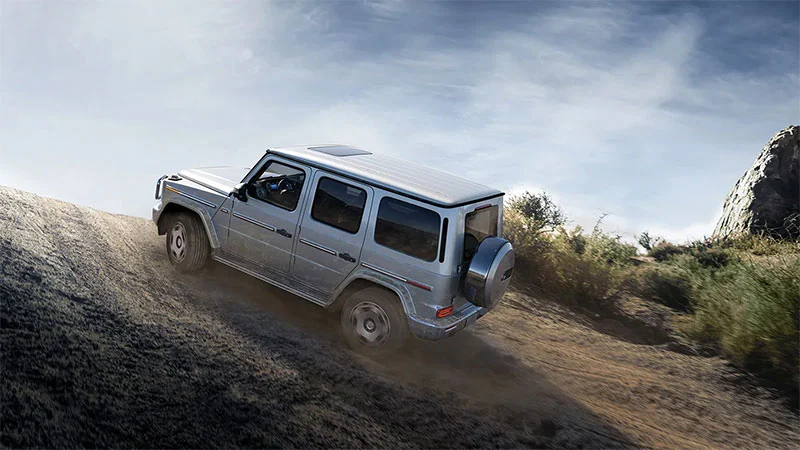
- Performance: Possesses a twin-turbo V8 engine, which ensures it has adequate power, as well as speed.
- Fuel Efficiency: It’s not a big gas-saver either; you will get around 17 mpg in the city and on the highway.
- Safety: Some of the safety technologies consist of adaptive cruise control and auto emergency braking.
10. Toyota Highlander
What sets the Highlander apart from many modern vehicles is its conventional eight-speed automatic transmission, but it is a perfect car for families. It provides large interiors, comfortable ride quality, and sound-build motor performance.
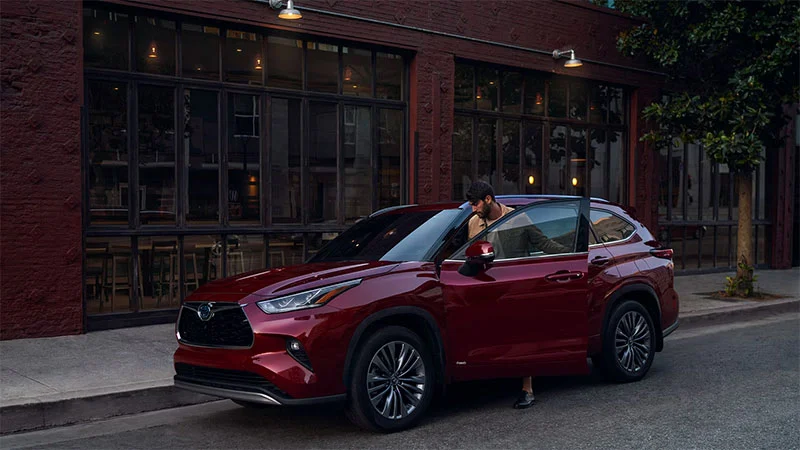
- Performance: Originally equipped with a 3.5-liter V6 engine that gives reasonable shaft power as well as good fuel economy.
- Fuel Efficiency: Up to 29 mpg on the highway.
- Safety: Good scores for safety, along with a long list of safety items including, Lane Departure Warning and Intelligent Adaptive Cruise Control.
Things to Look at When Selecting an SUV without CVT Transmission
When selecting an SUV without a CVT transmission, keep these key factors in mind:
- Driving Style and Comfort
For those people who like to have a feeling of shifting gears and being more involved in their car’s performance, there are regular manual and automatic transmissions. Choose depending on how you prefer your car to be handled as well as the power that you want, and the type of road you use most frequently.
- Budget and Maintenance Costs
Conventional distributions generally are way more long-lasting but sometimes can be slightly demanding to maintain. Taking into account the cost of the car and its maintenance, some car models, especially those that are not equipped with CVT, require different amounts spent on maintenance.
- Resale Value and Longevity
Some car models with normal transmissions are used for a longer period, especially when bought by users who are more interested in the dynamics of the car rather than its ease of use. Also, each of these transmissions is designed to be efficient and durable, therefore will not need replacement anytime soon.
Conclusion
Choosing the Best SUVs Without CVT Transmission also provides readers with a more conventional and steady driving experience. There is an option that does not have a CVT that caters to each of these four groups; the off-road, family, luxury, and performance consumers.
Starting from Ford Bronco and Jeep Wrangler to Porsche Cayenne and Mercedes G-Class these SUVs perform great with mighty powerful engines but do not come with the technological complexity of CVT systems. Reflecting on the type of driving you are going to be doing, checking your pocket, and assessing your future needs will guarantee that you acquire the right SUV.
FAQs–Best SUVs Without CVT Transmission
The main advantages of an SUV without a CVT include a more engaging driving experience with noticeable gear shifts, better performance for towing and off-roading, increased reliability, and often higher resale value.
Yes, some downsides include potentially lower fuel efficiency compared to CVTs, a more complex gear-shifting experience that might feel less smooth in stop-and-go traffic, and possibly higher repair costs if issues arise.
SUVs without CVTs are generally more reliable due to their simpler mechanical designs. The Models of Toyota cars without CVT transmission, like the Toyota RAV4 and Hyundai Tucson, are particularly known for their strong reliability ratings, while others, like the Jeep Wrangler and Ford Bronco, also show good reliability, though it’s wise to check specific year models for any known issues.
